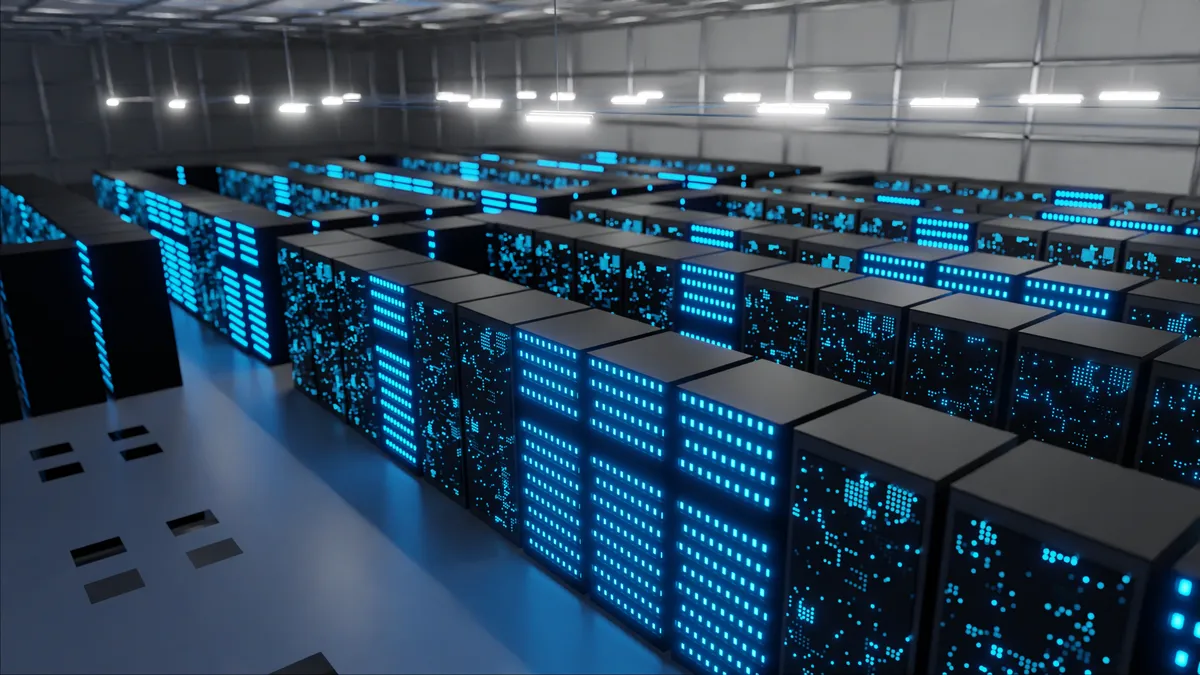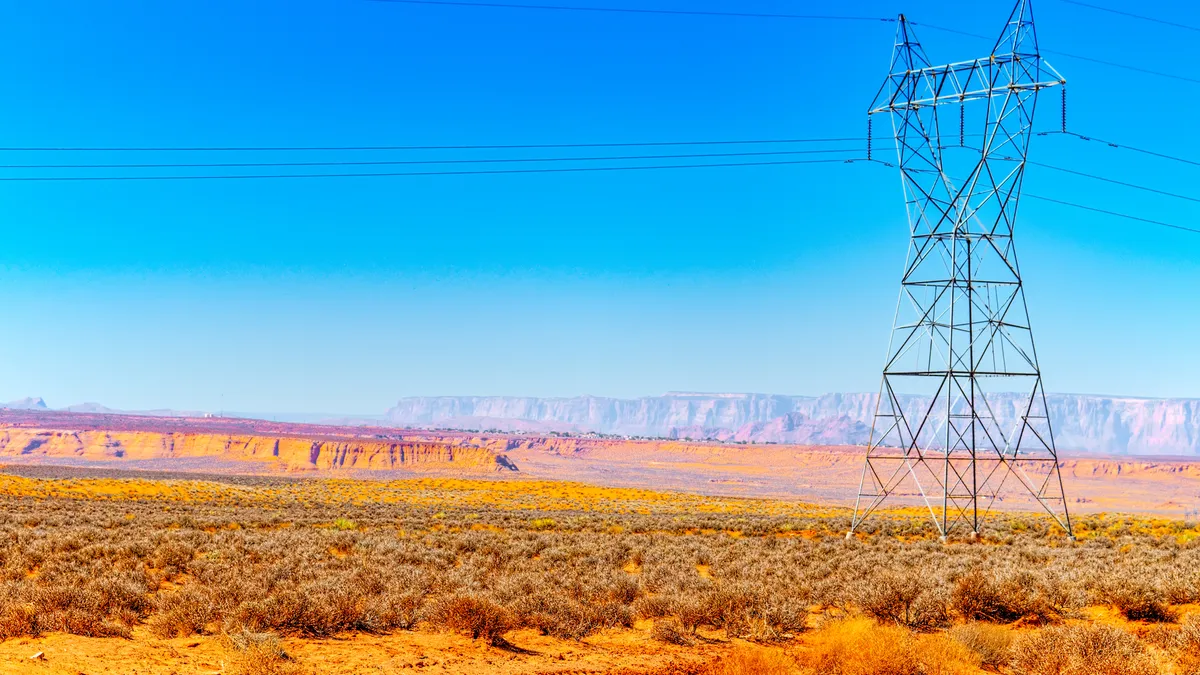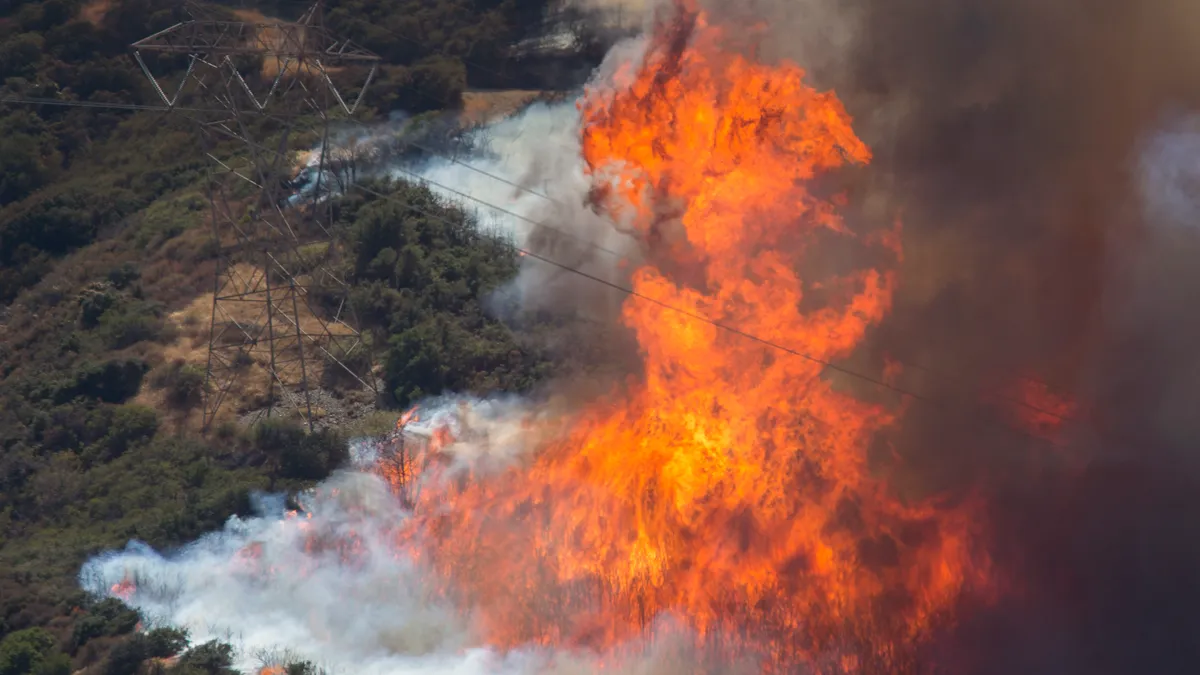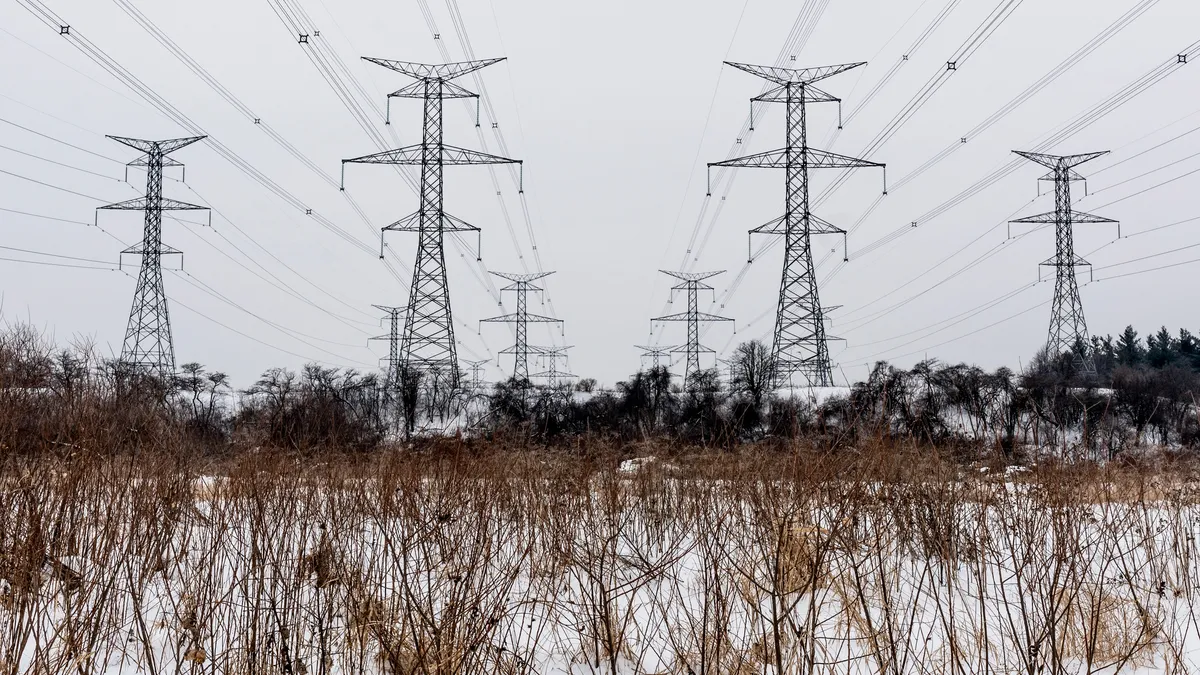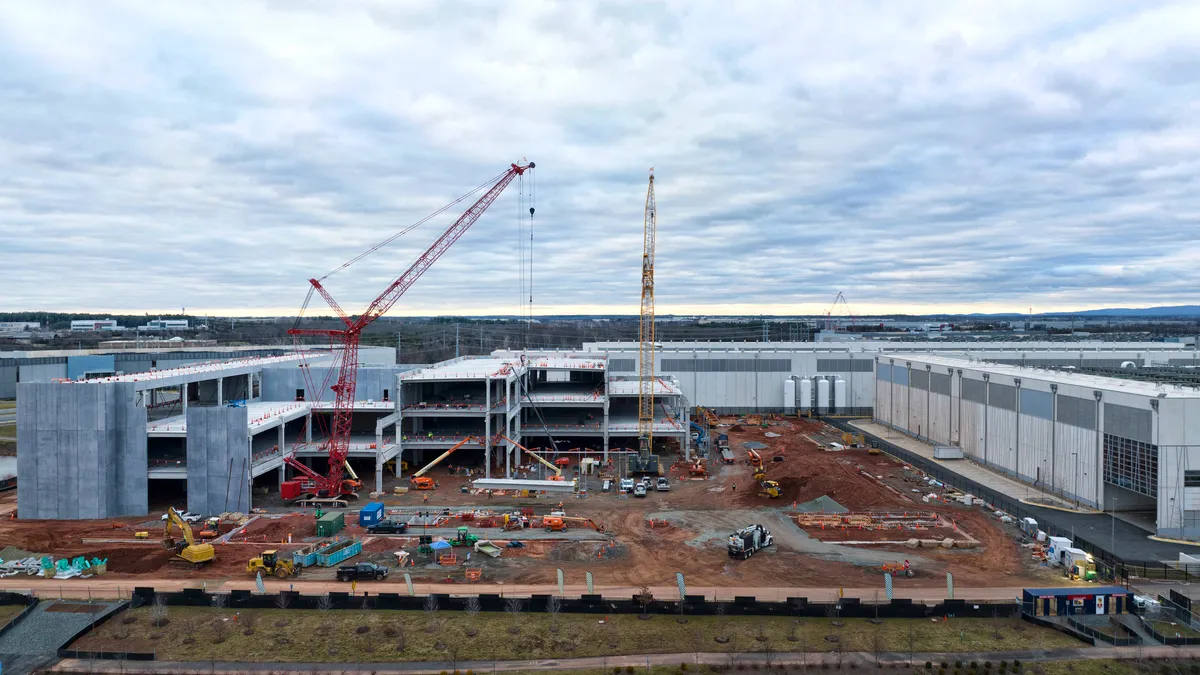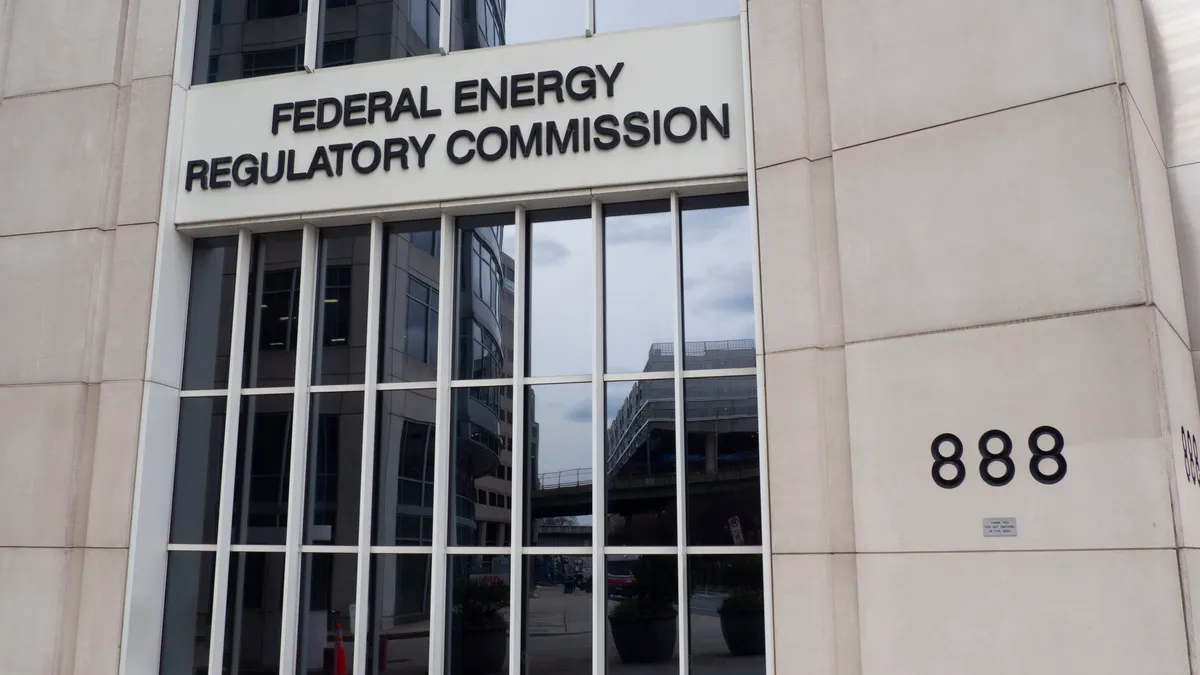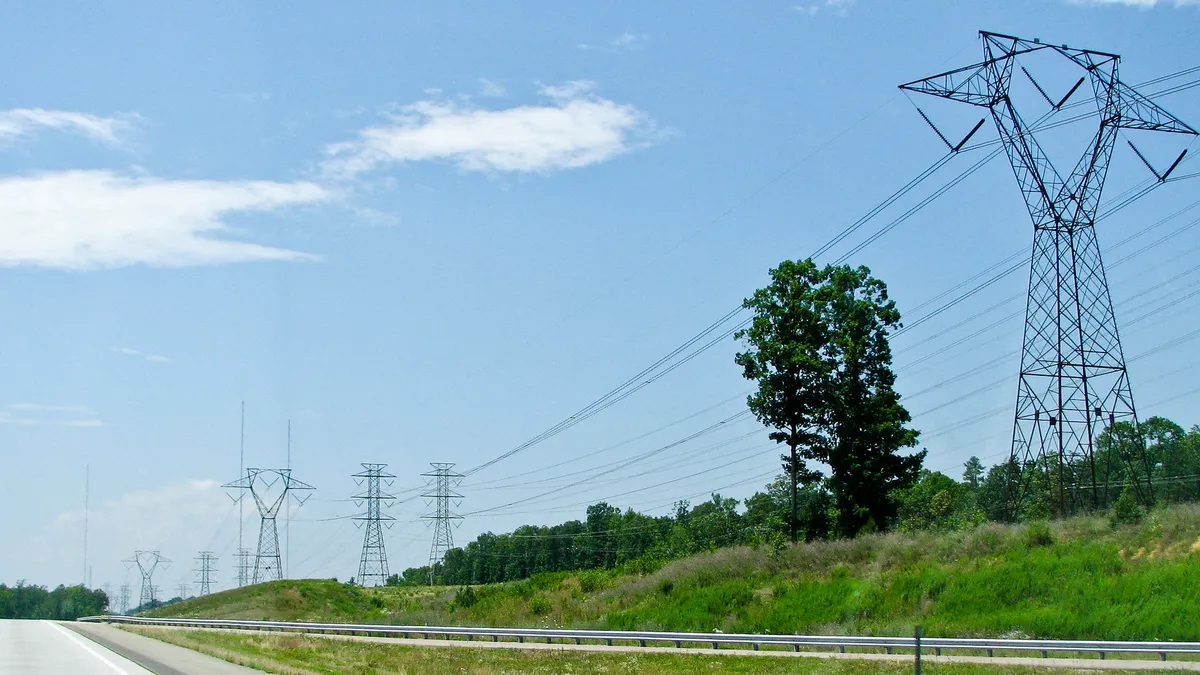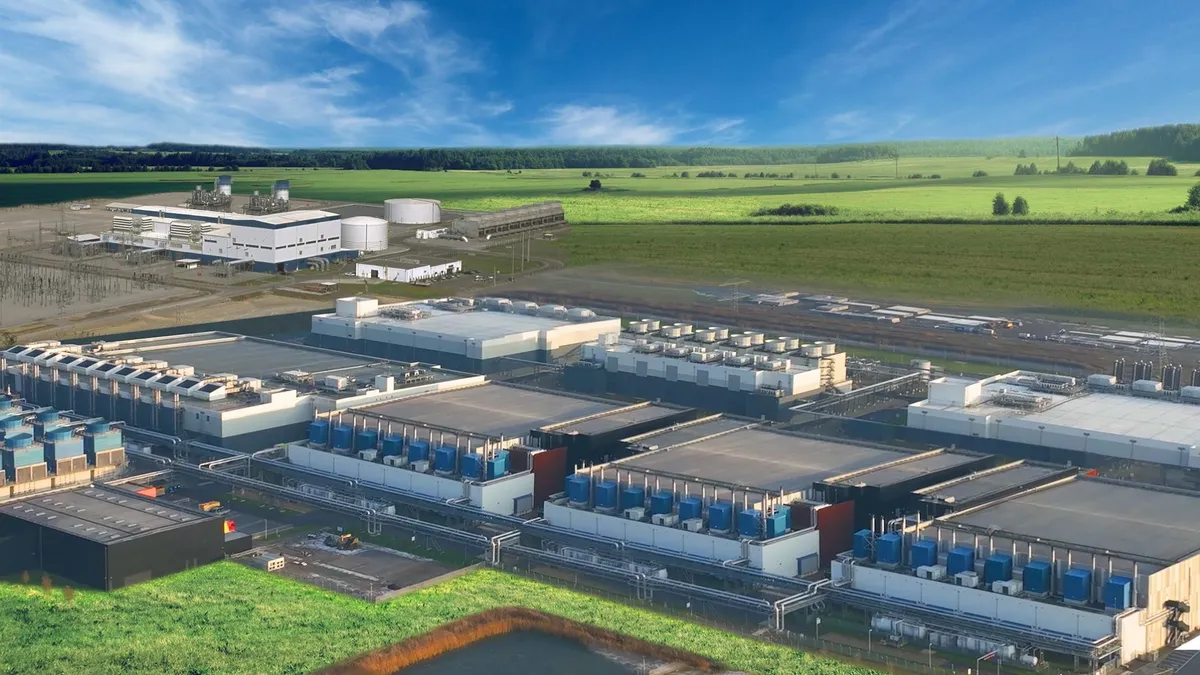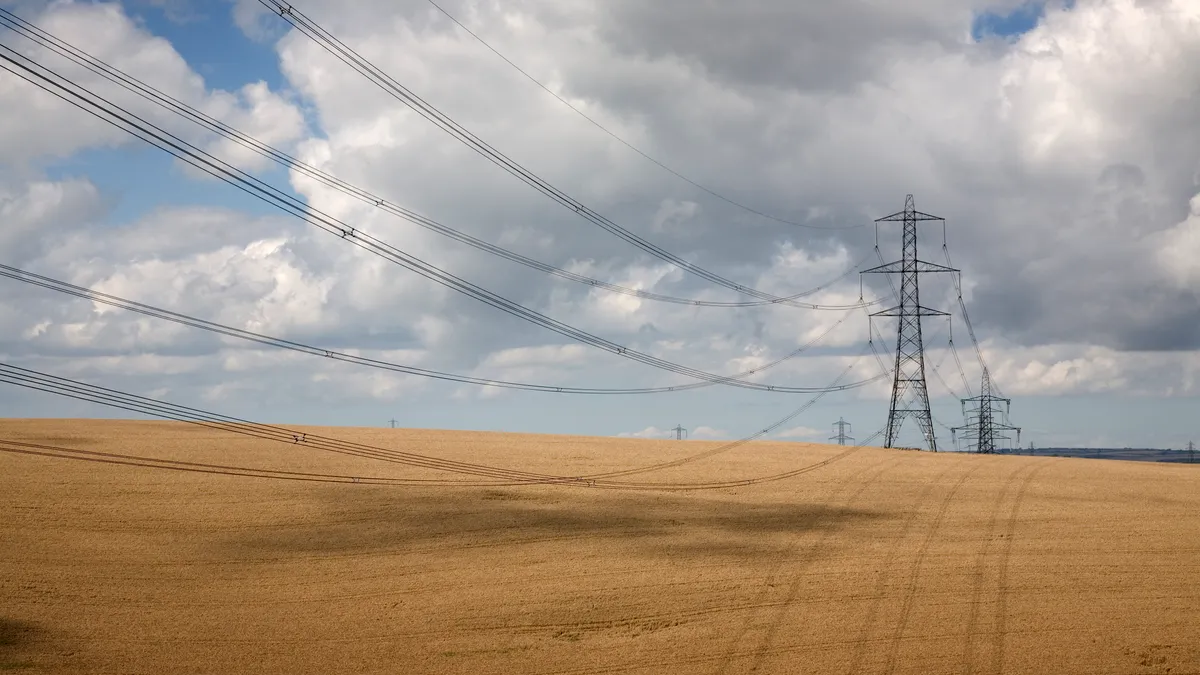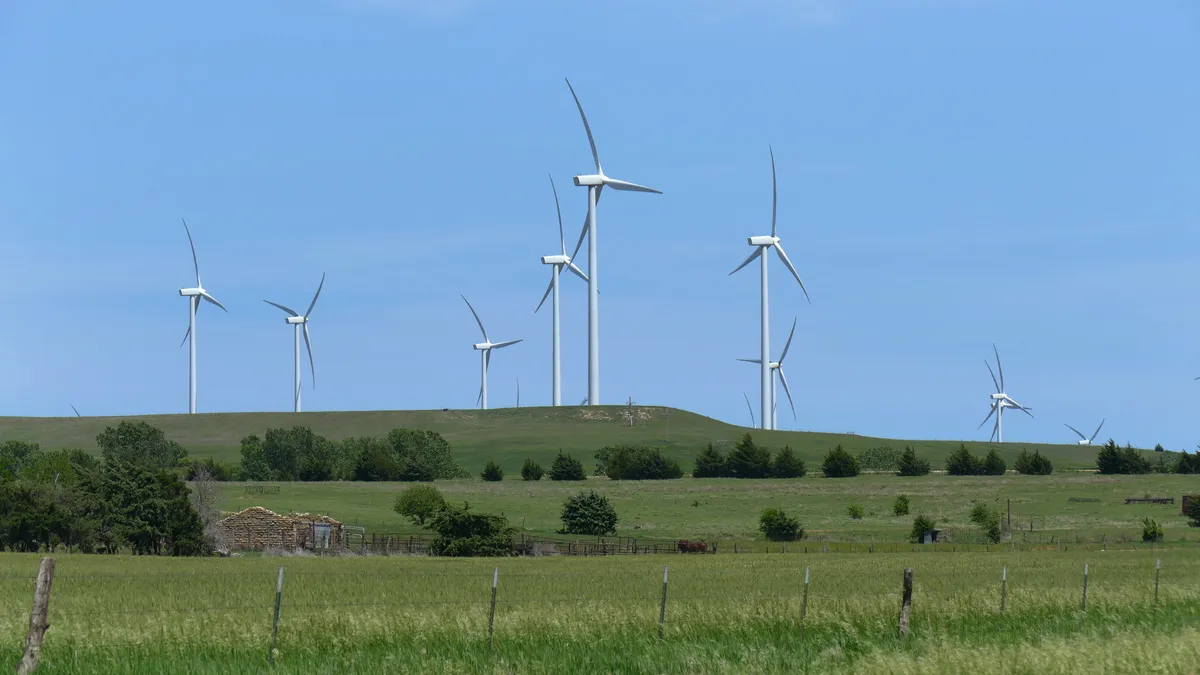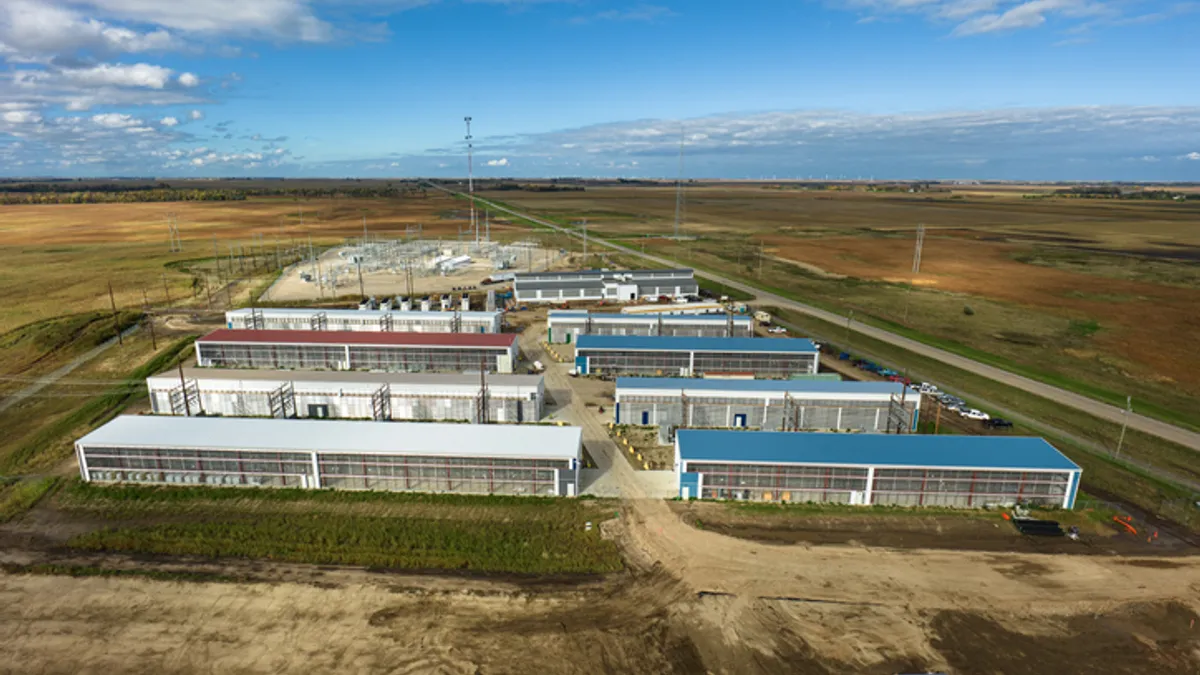The long lead time to build new dispatchable generation has electric utilities scouring their distribution systems for available electrons — but ultimately, new gas and nuclear resources will be required to meet skyrocketing demand, experts said Jan. 15 during a U.S. Energy Association discussion.
A combination of data centers, manufacturing and electrification is driving U.S. electricity consumption higher after two decades of stagnant growth. Demand is projected to grow 9% by 2028 and 18% by 2033 — an increase of 2% per year, on average, relative to 2024 levels — consulting firm ICF said in a September report. Peak demand could grow 5% over the next four years.
What must utilities do in order to meet the coming demand?
“Build everything you can, as fast as you can,” said Duane Highley, CEO of Tri-State Generation and Transmission Association.
“The supply chains are lengthening. To get a turbine on order might be 2030, 2031, delivery. We're going to need some gas in the mix to make it all happen, even as we build massive amounts of renewables. So I'd say just move as fast as you can today,” he said.
“We have to definitely build more, but we also have to expand the capacity of the existing systems that we have,” said Karen Wayland, CEO of GridWise Alliance, a group focused on electric system innovation.
Distribution utilities facing significant load growth will likely need new and expanded transmission capacity and generation, but those projects will lag the new load, Wayland said. “So many utilities ... are looking much more closely at local resources.”
Electricity demand could rise 128 GW over the next five years, with data centers and manufacturing growth leading the increase, Grid Strategies said in December.
Portland General Electric is aiming to have 25% of its peak power come from customers and distributed energy resources, President and CEO Maria Pope said. Pope is also chair of the Edison Electric Institute, a trade group for investor-owned utilities.
The California Independent System operator “counts those resources towards overall West-wide reliability,” she said. But along with distribution resources, the sector will need to “build much more generation at scale that we haven't seen, in particular nuclear as well as natural gas.”
“In the last three year we generated and processed more data than we have in all of history, and we're looking in 2025 at 200 zettabytes of data,” Pope said. A zettabyte is equal to a trillion gigabytes.
Artificial intelligence and data center expansions will drive U.S. utility risk and opportunity in the coming years, analysts at Bank of America Global Research said in a January research note. The Electric Power Research Institute expects data center needs to double by 2030, to consume 9% of U.S. electricity generation.
But stakeholders say there are reasons to believe the utility sector can meet the coming demand.
“The hyperscalers, as well as tech companies, are really looking at how they make energy consumption in their algorithms and in their chip design much more efficient,” Pope said. And EPRI and other stakeholders are working on peak load management approaches, allowing data centers “to flex within the system.”
Improvements to AI algorithms are already happening and will continue, said Sacha Fontaine, principal utility consultant and AI expert for SAS.
“We have focused on the efficiency of the computation,” Fontaine said. “Our computation engine from 18 months ago is 30 times as efficient. So there is a shift of focus.”
But the electric sector must see near-term challenges as an emergency situation, said Jim Robb, president and CEO of the North American Electric Reliability Corp. The reliability watchdog has for years been warning that retiring baseload generation was being replaced by intermittent resources, creating resource adequacy concerns.
Load growth forecasts have tripled in the last three years, Robb said.
“Serving data center load is absolutely a national security challenge for the country and it's going to stress our resource adequacy situation,” Robb said.
“We've got to figure out how to build new generation. We've got to figure out how to build long distance transmission. And those projects don't happen quickly,” Robb said. “So we've got to start working on this problem yesterday.”



